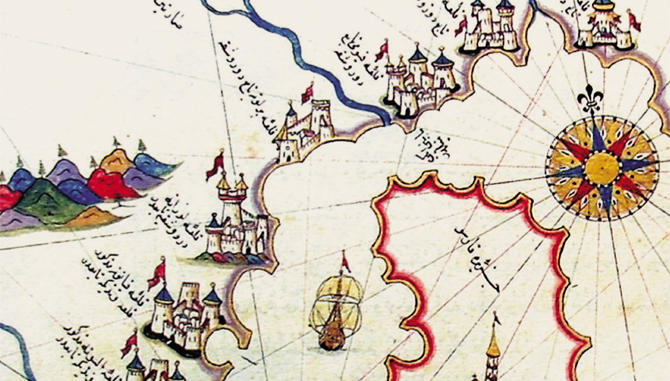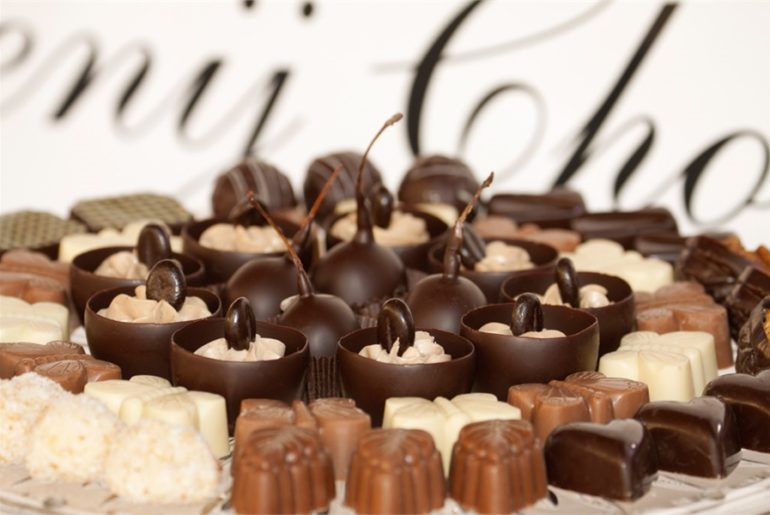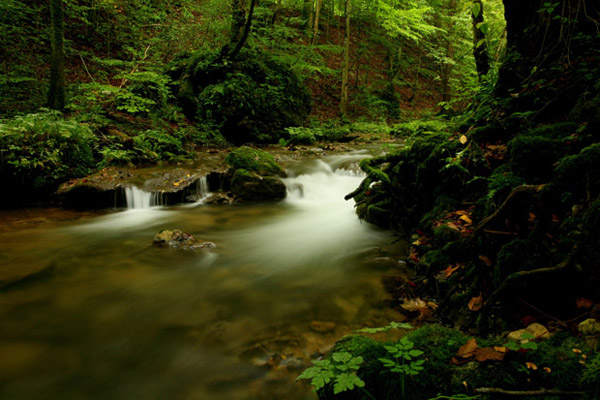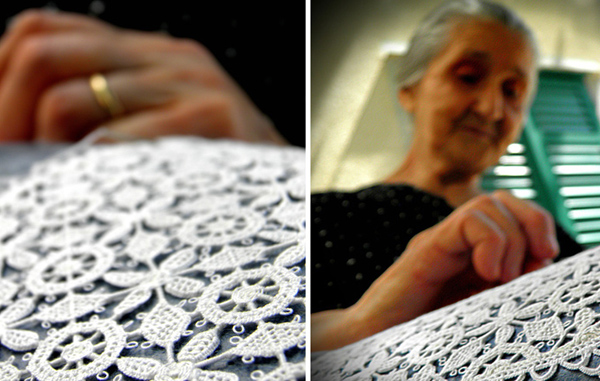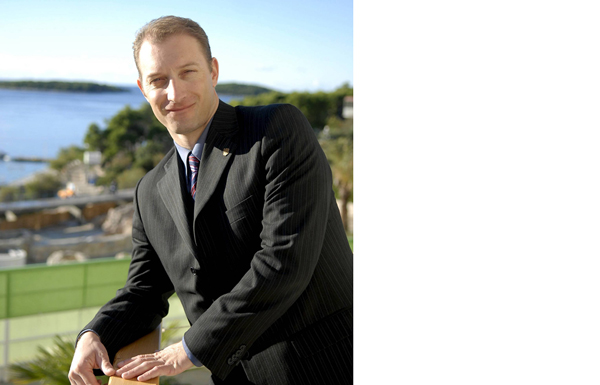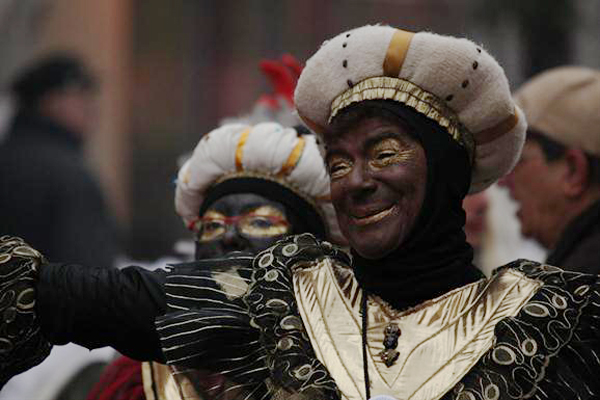CROATIA – THE SEVENTH ART SCENERY
Although the beauty of our country has been perpetuated and celebrated many times in poems, paintings and in written word, we are particularily proud when our familiar and well-known landscapes stand in for a movie – that powerful media of the present and one of the most impressive forms of art. Thus, for example, rocky parts of Istria once „played“ Afganistan, and a number of our national parks american wild west. The masters of visual in art recognized the value and potential of our landscape – many words of praise have been recorded, coming also from the biggest of them all – Alfred Hitchkok, that demanding and critical-minded genius, without any hesitation declared the sunset of Zadar the most beautiful in the whole world!
While areas along the coast are usually among the most attractive, our national parks played an important part in the world of seventh art. In nineteen sixties, as much as 7 movies were filmed at the area stretching from Paklenica to the Prezid Pass on the southern side of Velebit Mountain, so our national treaures played a role themselves, of „Wild West“ in this case. National parks Paklenica, Plitvice Lakes, Krka, the canyon of river Zrmanja, Vrana Lake and many other locations, hosted numerous works of a western genre, including the most popular ones about Winnetou by Karl May. Nowadays there are numerous theme tours in his honor, and at the time of the shooting, friendly locals gladly accepted supernumerary roles!
When listing attractive film locations, we should not leave out our capital. Academy Award winner Meryl Streep in “Sophie’s Choice” walked through the streets of our metropolis, as well as charismatic Sean Connery as the most famous undercover agent in the world (scene from the main railway station in “From Russia with Love”), and action hero Jackie Chan who delighted the fans of this genre performing stunts on Dolac and Liberty Bridge. Zagreb was also the background of “The Trial” directed by Orson Welles – the Velesajam scene with thousands of machines, workers and typewriters that perfectly evoke the characteristic atmosphere of the famous work of Kafka, is especially remembered.
More recently, after several silent years, Croatia is becoming more recognized as an exotic and tempting location for the creation of seventh art. The makers of globally popular series “Game of Thrones” brilliantly took advantage of the ancient walls of Dubrovnik and the Fortress of Klis, which needed no computer processing; while Woody Allen’s and Pedro Almodovar’s muse – the Spanish beauty Penelope Cruz, filmed the scenes from her recent release “Venuto al Mondo” in Korčula and Pelješac. Beautiful vistas, colorful sunsets, unspoiled nature and abundance of cultural treasures deserve to be immortalized on a movie, so we hope that our country will continue to follow upward trajectory and that, in addition to tourist ones, it will be drawn on another world map – that of filmmakers!
[nivo effect=”fade” directionNav=”button” controlNav=”true” width=”600px” height=”360px”]
[image]http://hotspots.net.hr/wp-content/uploads/2013/11/split-dioklecijan.jpg[/image]
[image]http://hotspots.net.hr/wp-content/uploads/2013/11/Kliška-tvrđava.jpg[/image]
[image]http://hotspots.net.hr/wp-content/uploads/2013/11/dubrovnik-1.jpg[/image]
[/nivo]




